Circling The Sun


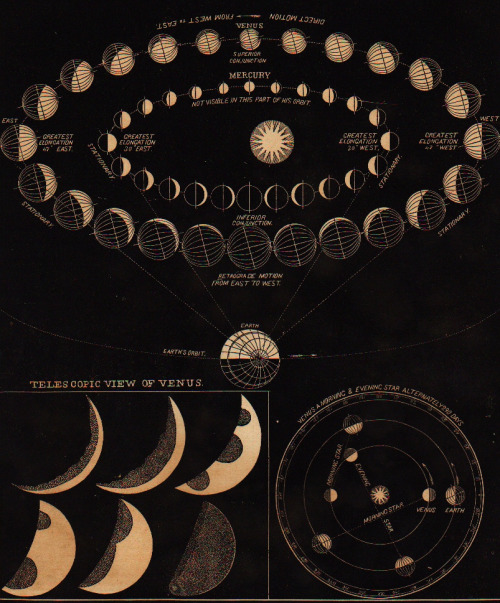
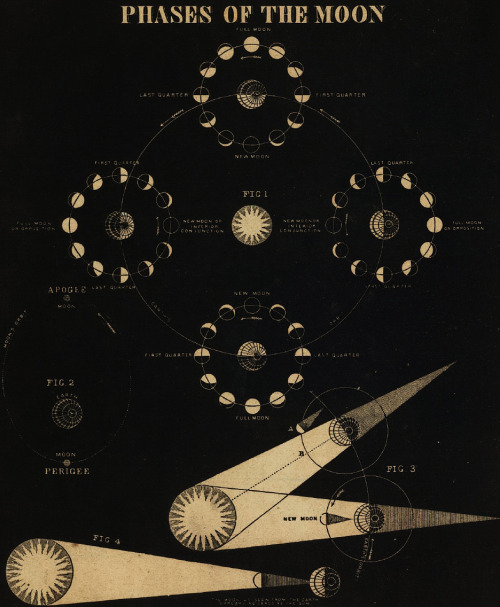
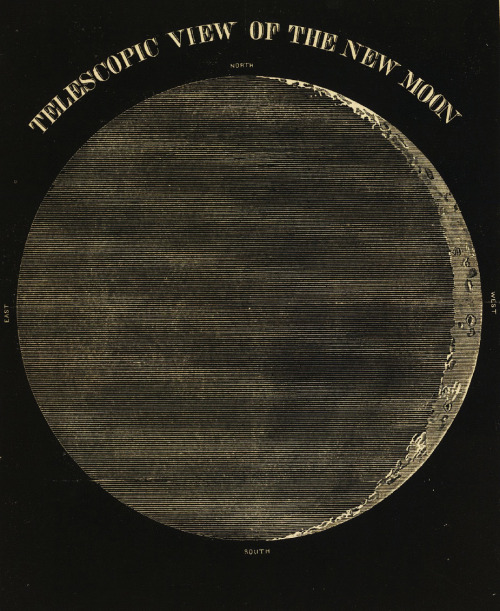
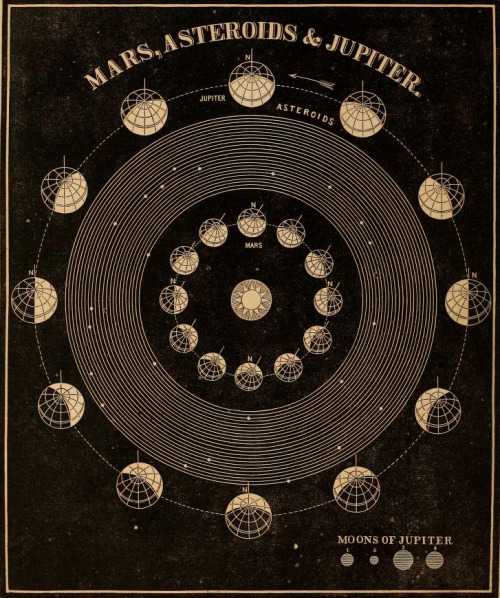
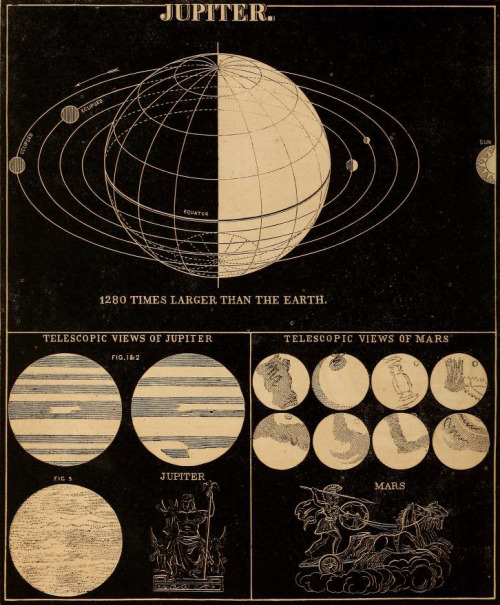
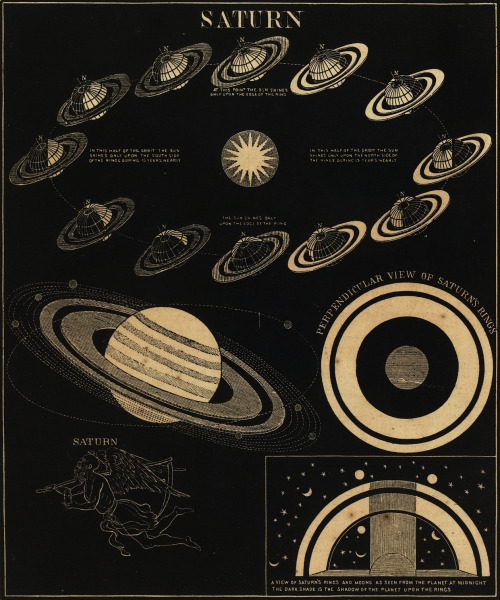
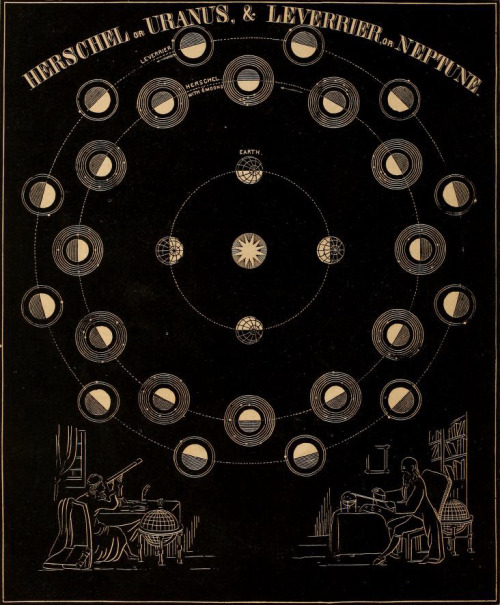
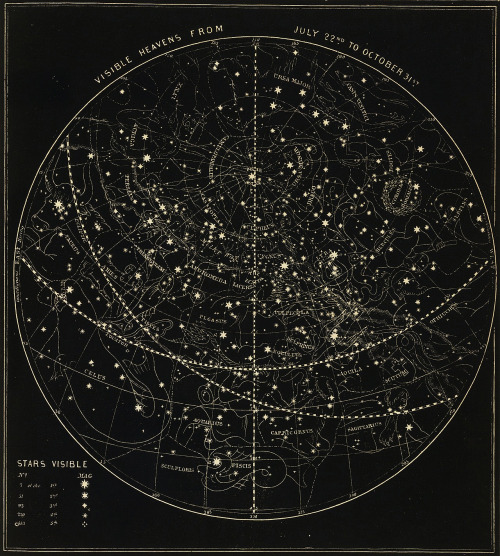
Circling the Sun
More Posts from Fillthevoid-with-space and Others
Gretchen: On the International Space Station, you have astronauts from the US and from other English speaking countries and you have cosmonauts from Russia. And obviously it’s very important to get your communication right if you’re on a tiny metal box circling the Earth or going somewhere. You don’t want to have a miscommunication there because you could end up floating in space in the wrong way. And so one of the things that they do on the ISS – so first of all every astronaut and cosmonaut needs to be bilingual in English and Russian because those are the languages of space. Lauren: Yep. Wait, the language of space are English and Russian? I’m sorry, I just said ‘yep’ and I didn’t really think about it, so that’s a fact is it? Gretchen: I mean, pretty much, yeah, if you go on astronaut training recruitment forums, which I have gone on to research this episode… Lauren: You’re got to have a backup job, Gretchen. Gretchen: I don’t think I’m going to become an astronaut, but I would like to do astronaut linguistics. And one of the things these forums say, is, you need to know stuff about math and engineering and, like, how to fly planes and so on. But they also say, you either have to arrive knowing English and Russian or they put you through an intensive language training course. But then when they’re up in space, one of the things that they do is have the English native speakers speak Russian and the Russian speakers speak English. Because the idea is, if you speak your native language, maybe you’re speaking too fast or maybe you’re not sure if the other person’s really understanding you. Whereas if you both speak the language you’re not as fluent in, then you arrive at a level where where people can be sure that the other person’s understanding. And by now, there’s kind of this hybrid English-Russian language that’s developed. Not a full-fledged language but kind of a- Lauren: Space Creole! Gretchen: Yeah, a Space Pidgin that the astronauts use to speak with each other! I don’t know if anyone’s written a grammar of it, but I really want to see a grammar of Space Pidgin.
Excerpt from Episode 1 of Lingthusiasm: Speaking a single language won’t bring about world peace. Listen to the full episode, read the transcript, or check out the show notes. (via lingthusiasm)

The last episode I posted went up on a very special birthday that I failed to acknowledge or, well, realize was even happening until I saw it on the Google homepage. So, to rectify this oversight, I’m talking about the history of cosmological photography and how we reached the high point of the Hubble Space Telescope, which turned 27 this past April 24th!
Below the cut is some elaboration on the episode itself, including my sources, music credits, a glossary, and a transcript (not an exact record of this episode, but it’s the loose, fairly conversational script I was working with). I mention a couple of books and authors in this episode so if you want to see that written down, those are there too (one of the authors is Chinese and listen, Chinese is at least as hard for me to pronounce as French. I did try though). I’m also on Twitter at @HDandtheVoid, though I keep forgetting I have it. Talk to me on there and maybe I won’t forget!
Let me know what you think of this episode, let me know what you think I should research next*, tell me a fun space fact… anything’s helpful at this point!
*(Move fast if you feel strongly about what I research next, though, cuz I have to get it done by May 22nd! My thoughts were henges because I didn’t get to them this week, probes and satellites, the planets, spectroscopy, or maybe black holes? Please hit me up by May 11th so I can start working on it!)
Glossary:
catadioptric/Cassegrain telescope - use lenses and mirrors in combination.
focal length - the distance between the lens and the image sensor of a camera when the subject of the photo is in focus. According to the Nikon website this is usually measured in millimeters, but I’ll take a wild guess and say it’s probably easier to measure it in feet on the Hubble Telescope because that thing is school bus-sized.
Lagrange points - five points where three bodies can orbit each other, yet stay in the same position relative to each other in a stable configuration. L1-L3 are in line with each other, while L4 and L5 are at the points of equilateral triangles in the configuration. See an example specific to the James Webb Telescope in the link.
objective lens - the optical element that gathers light from the object being observed and focuses the light rays to produce an image at the focal point.
reflection telescope - reflects light rays off the concave surface of a parabolic mirror to get an image of a distant object. Higher contrast image, worse color quality.
refraction telescope - uses convex lenses to focus a far-off, dim image. Good color quality, poor contrast.
satellites - objects that move around a larger object. Can be man-made or natural. Geostationary satellites orbit west to east over the equator, moving in the same direction and at the same rate as Earth. Polar-orbiting satellites orbit north to south, which allows them to scan the Earth along longitude lines.
Wilkinson Microwave Anisotropy Probe—a spacecraft operating from 2001 to 2010 which measured temperature differences in the cosmic microwave background radiation leftover from the Big Bang. It orbited at L2, just like the James Webb Telescope will!
Script/Transcript (I do tend to embellish in the moment of recording so it’s not exact, but all the facts are there and I can’t know a fact and not talk about it so trust me, all you’re missing is probably another swear word or two)
Sources:
Facts about telescopes via the Naperville Astronomical Association
More facts about telescopes via Western Washington University
Earth’s atmosphere definition via the Encyclopedia Britannica Online
Correcting for atmospheric interference in astronomical imaging
Info on satellites for K-4th grade via NASA
Info on satellites for 5th-8th grade via NASA
What focal length means in photography via Nikon (the camera brand)
Hermann Oberth’s museum website
The history of NASA’s Orbiting Astronomical Observatories, which an older British gentleman seems to like enough to run a website about it
The history of OAO-3 aka Copernicus via NASA
Info on the Hubble Space Telescope for K-4th grade via NASA
Hubble-T’s 25th anniversary website, which I highly recommend. The timeline is a dream come true in terms of organization and brevity. It was last updated in December 2014, though, since that was when the Hubble was 25, so not a lot of new info there.
What the Hubble Space Telescope looks like, all its parts, and some of its history
What Hubble-T is looking at right now and why
The history of maintenance missions to the Hubble-T
Hubble: The Beginning, a 4-minute documentary video with a couple interviews, including Nancy Roman!
Hubble’s YouTube channel!!!!!!!!
Spitzer Space Telescope website
James Webb Space Telescope website
Hirshfeld, Alan. Starlight Detectives. Bellevue Library Press: NY, 2014.
Liu, Cixin. The Three-Body Problem. Trans. Ken Liu. Tor Books: NY, 2016.
Intro Music: ‘Better Times Will Come’ by No Luck Club off their album Prosperity
Filler Music: ‘Supermassive Black Hole’ by Muse off their album Black Holes and Revelations
Outro Music: ‘Fields of Russia’ by Mutefish off their album On Draught
The Yutu rover suffered a mysterious “abnormality” over the weekend. And the robot’s microblogged death note may make you cry.
oh gosh!
Happy long weekend to folks in the US who are lucky enough to HAVE a long weekend! I finally fulfilled my promise to bring you an episode on comets—I didn’t last month but I had a good reason, and that reason was black holes. Now you can learn about comets! I’ve likewise talked about comets before, but now I go in-depth on what they are, some great comets throughout human history, and some of the missions we’ve sent out to collect info on comets.
Below the cut are the glossary, transcript, a timeline of all the people I mention, sources, and music credits. Send me any topic suggestions via Tumblr message (you don’t need an account to do this, just submit as anonymous). You can also tweet at me on Twitter at @HDandtheVoid, or you can ask me to my face if you know me in real life. Subscribe on iTunes to get the new episodes of my semi-monthly podcast, and please please please rate and review it. Go ahead and tell friends if you think they’d like to hear it, too!
(The next episode is... not decided, or even thought about much. It’ll go up at the end of June if I come up with a topic, though!)
Glossary
coma - the cloud of dust and gas particles that is burned off of a comet and trails behind it, helping to form the comet’s tail.
comet - a small, icy body that orbits the Sun. When its orbit takes it close to the Sun, the comet warms up and releases gases and debris that produce a visible atmosphere, sometimes called the comet’s tail. (ep. 8, 9, 33)
hyperbolic comets - comets which will only ever enter our solar system once.
long period comets - comets come near our Sun for brief times every few thousand years, following egg-shaped elliptical orbits that often send them beyond Pluto before they return to the Sun.
short-period comets - comets that orbit the Sun closely and show up at regular intervals.
sungrazing comets - comets which come within about 850,000 miles from the Sun at their perihelion, though many of these kinds of comets come even closer, to within a few thousand miles at perihelion.
perihelion - a comet’s closest approach to the Sun in its orbit.
Transcript
Timeline
Ephorus of Cyme (c. 400-330 BCE), Greek
Taqi ad-Din (1526–1585), Turkish
Tycho Brahe (1546-1601), Danish
Gottfried Kirch (1639-1710), German
Isaac Newton (1643-1727), English
Eusebio Kino (1645-1711), Spanish
Edmund Halley (1656-1742), English
Battista Donati (1826-1873), Italian
Jérôme Eugène Coggia (1849-1919), French
Heinrich Kreutz (1854-1907), German
Frank Skjellerup (1875-1952), Australian
Edmundo Maristany (1895-1983), Argentinian
Sylvain Arend (1902-1992), Belgian
Georges Roland (1922-1991), Belgian
Eugene Shoemaker (1928-1997), American
Carolyn Shoemaker (1929- ), American
Tsutomu Seki (1930- ), Japanese
Richard Martin West (1941- ), Danish
Kaoru Ikeya (1943- ), Japanese
David H. Levy (1948- ), Canadian
Thomas Bopp (1949-2018), American
Yuji Hyakutake (1950- ), Japanese
Robert McNaught (1956- ), Scottish-Australian
Alan Hale (1958- ), American
Terry Lovejoy (1966- ), Australian
Sources
Comets via Cool Cosmos (August 2013)
Comet Introduction via Views of the Solar System
On Hyperbolic Comets by David W. Hughes (1991)
What is a Sungrazing Comet? via NASA (July 2013)
Missions to Comets via NASA
Galileo via NASA
Shoemaker-Levy 9 via NASA
Rosetta Images via ESA (video)
Rosetta spacecraft image archive complete via EarthSky (June 2018)
Intro Music: ‘Better Times Will Come’ by No Luck Club off their album Prosperity
Filler Music: ‘Stories We Build/Stories We Tell’ by José González off his album Vestiges & Claws
Outro Music: ‘Fields of Russia’ by Mutefish off their album On Draught
What's Made in a Thunderstorm and Faster Than Lightning? Gamma Rays!
A flash of lightning. A roll of thunder. These are normal stormy sights and sounds. But sometimes, up above the clouds, stranger things happen. Our Fermi Gamma-ray Space Telescope has spotted bursts of gamma rays - some of the highest-energy forms of light in the universe - coming from thunderstorms. Gamma rays are usually found coming from objects with crazy extreme physics like neutron stars and black holes.
So why is Fermi seeing them come from thunderstorms?

Thunderstorms form when warm, damp air near the ground starts to rise and encounters colder air. As the warm air rises, moisture condenses into water droplets. The upward-moving water droplets bump into downward-moving ice crystals, stripping off electrons and creating a static charge in the cloud.

The top of the storm becomes positively charged, and the bottom becomes negatively charged, like two ends of a battery. Eventually the opposite charges build enough to overcome the insulating properties of the surrounding air - and zap! You get lightning.

Scientists suspect that lightning reconfigures the cloud’s electrical field. In some cases this allows electrons to rush toward the upper part of the storm at nearly the speed of light. That makes thunderstorms the most powerful natural particle accelerators on Earth!

When those electrons run into air molecules, they emit a terrestrial gamma-ray flash, which means that thunderstorms are creating some of the highest energy forms of light in the universe. But that’s not all - thunderstorms can also produce antimatter! Yep, you read that correctly! Sometimes, a gamma ray will run into an atom and produce an electron and a positron, which is an electron’s antimatter opposite!

The Fermi Gamma-ray Space Telescope can spot terrestrial gamma-ray flashes within 500 miles of the location directly below the spacecraft. It does this using an instrument called the Gamma-ray Burst Monitor which is primarily used to watch for spectacular flashes of gamma rays coming from the universe.

There are an estimated 1,800 thunderstorms occurring on Earth at any given moment. Over the 10 years that Fermi has been in space, it has spotted about 5,000 terrestrial gamma-ray flashes. But scientists estimate that there are 1,000 of these flashes every day - we’re just seeing the ones that are within 500 miles of Fermi’s regular orbits, which don’t cover the U.S. or Europe.
The map above shows all the flashes Fermi has seen since 2008. (Notice there’s a blob missing over the lower part of South America. That’s the South Atlantic Anomaly, a portion of the sky where radiation affects spacecraft and causes data glitches.)

Fermi has also spotted terrestrial gamma-ray flashes coming from individual tropical weather systems. The most productive system we’ve seen was Tropical Storm Julio in 2014, which later became a hurricane. It produced four flashes in just 100 minutes!

Learn more about what Fermi’s discovered about gamma rays over the last 10 years and how we’re celebrating its accomplishments.
Make sure to follow us on Tumblr for your regular dose of space: http://nasa.tumblr.com.

New Zealand was lovely, but I already touched on what I’d be tempted to talk about with my Southern Stars episode. A person I interviewed as a potential new housemate gave me the idea for this episode because the joy of outer space is truly everywhere and anywhere. The field of astrogeology was not something I had heard of before, though I had indirectly heard of Eugene Shoemaker. I knew the comet Shoemaker-Levy 9 was named after him (and Carolyn Shoemaker, his wife). It turns out he basically founded the modern field of astrogeology! So I talk about him for quite a while, too.
Below the cut are the glossary, transcript, sources, and music credits. Send me any topic suggestions via Tumblr message (you don’t need an account to do this, just submit as anonymous). You can also tweet at me on Twitter at @HDandtheVoid, or you can ask me to my face if you know me in real life. Subscribe on iTunes to get the new episodes of my semi-monthly podcast, and please please please rate and review it. Go ahead and tell friends if you think they’d like to hear it, too!
(The next episode is definitely going to be on famous comets, and I’m hoping to publish that episode in May.)
Glossary
active galaxy - a galaxy with a small core of emission embedded at the center. This core is typically very variable and very bright compared to the rest of the galaxy. These galaxies emit much more energy than they should; this excess energy is found in the infrared, radio, UV, and X-ray regions of the electromagnetic spectrum.
black hole - a region of spacetime where a great deal of mass and energy have been compressed into a relatively small space. Black holes exert such strong gravitational effects that no mass or energy, not even light, can escape from inside them. There are supermassive black holes in galaxies that contribute to the development and life cycle of galaxies.
blazar - a subcategory of active galaxy, it is an extremely bright, distant object, powered by a black hole, which emits massive amounts of energy. It is distinct from a quasar because it is even brighter.
interferometry - a group of techniques to extract information from superimposing electromagnetic waves to create interference. In radio astronomy, this is done by using a wide spread of receivers to look at the same distant object, then bringing that data together with a correlator that can create a larger, clearer picture than an individual radio telescope alone could.
Messier object - a deep-sky object included on a list of 103-110 deep-sky objects made by Charles Messier and his colleagues in the 18th century in an attempt to prevent fuzzy, bright objects from being confused with comets.
torus - a donut shape.
quasar - a distant, massive celestial object that emits extremely large amounts of energy. These star-like objects may reflect a stage in the evolution of some galaxies.
Script/Transcript
Sources
Black Holes, explained via National Geographic
What Is a Black Hole? via NASA
Black Holes via NASA
Black Hole via Swinburne University of Technology
Darkness Visible, Finally: Astronomers Capture First Ever Image of a Black Hole via the New York Times (April 2019)
Event Horizon Telescope
Astronomers Capture First Image of a Black Hole via ESO (April 2019)
How They Took the First Picture of a Black Hole via New York Times (April 2019)
Intro Music: ‘Better Times Will Come’ by No Luck Club off their album Prosperity
Filler Music: ‘Flame On Flame (A Slow Dirge)’ by Kishi Bashi off his album Sonderlust
Outro Music: ‘Fields of Russia’ by Mutefish off their album On Draught
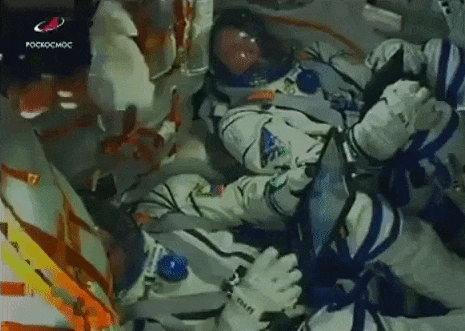
Soyuz MS-10 experiences launch anomaly; crew aborts to safe landing.
One of Russia’s most reliable launchers experienced a rare, in-flight anomaly earlier this morning, forcing the two-man crew of Soyuz MS-10 to abort the mission.
Following a normal liftoff at 4:40am EST (2:40pm local time), a malfunction in the Soyuz FG rocket two minutes into the flight forced Expedition 57 crewmembers Alexey Ovchinin and Nick Hague to abort a manual abort profile. The anomaly occurred immediately following the separation of the rocket’s four strap-on boosters and jettisoning of the Launch Escape System. However, the protective fairing covering the spacecraft during flight through the thick atmosphere was still on, and solid rocket motors attached to the fairing pulled the crew capsule away from the failing booster. Following a ballistic trajectory through the upper atmosphere, the Soyuz’s Descent module separated from the Orbital Module and payload fairing and descended to a safe landing 20 kilometers east of Zezkezhan, Kazakhstan, 34 minutes after launch. Roscosmos reported that the crewmembers experienced around seven times the force of gravity, or 7G’s, during their abort.
Recovery forces reached the landing site immediately following touchdown. Both astronauts were reported to be in good health following their ordeal, and returned to their families at the Baikonur launch site around six hours after liftoff.

Recovery forces at the Soyuz MS-10 emergency landing site. Source: Ruptly.

Soyuz MS-10 crewmembers Alexey Ovchinin and Nick Hague embrace their families following their return to the Baikonur Cosmodrome after today’s launch mishap. Credit: NASA/Bill Ingalls. This marks the first crewed launch mishap of the International Space Station program, the first crewed launch mishap since the Challenger disaster in 1986, and the first crewed Soyuz launch malfunction since Soyuz T-10 in 1983.
That incident saw the two-man crew of Vladimir Titov and Gennady Strekalov abort away from their exploding rocket shortly before its scheduled liftoff time. While no cause of the mishap is currently known, Russian authorities have begun an investigation of the incident and have temporarily grounded all future Soyuz flights. The current three-member crew of Expedition 57 is slated to return to Earth December 13, followed by the launch of Expedition 58 December 20. Following today’s anomaly, it is unclear whether Expedition 57 will remain on orbit longer, or when the next crew will launch to the station. Expedition 57 is able to remain on orbit until early January, when their Soyuz reaches its certified orbital lifetime.

Expedition 57 commander Alexander Gerst captured this image of the Soyuz MS-10 launch from the International Space Station. The anomalous nature of the launch is evidenced by multiple points of light along the ascent path. Source: NASA. Watch NASA TV coverage of the Soyuz MS-10 launch below.
P/c: NASA.

UGC 12591: The Fastest Rotating Galaxy Known : Why does this galaxy spin so fast? To start, even identifying which type of galaxy UGC 12591 is difficult – it has dark dust lanes like a spiral galaxy but a large diffuse bulge of stars like a lenticular. Surprisingly observations show that UGC 12591 spins at about 480 km/sec, almost twice as fast as our Milky Way, and the fastest rotation rate yet measured. The mass needed to hold together a galaxy spinning this fast is several times the mass of our Milky Way Galaxy. Progenitor scenarios for UGC 12591 include slow growth by accreting ambient matter, or rapid growth through a recent galaxy collision or collisions – future observations may tell. The light we see today from UGC 12591 left about 400 million years ago, when trees were first developing on Earth. via NASA
js
-
 lex-baby liked this · 2 weeks ago
lex-baby liked this · 2 weeks ago -
 dmnmscls liked this · 2 weeks ago
dmnmscls liked this · 2 weeks ago -
 floresieur reblogged this · 3 weeks ago
floresieur reblogged this · 3 weeks ago -
 myfirstandlast-8781 liked this · 3 weeks ago
myfirstandlast-8781 liked this · 3 weeks ago -
 shouttang liked this · 4 weeks ago
shouttang liked this · 4 weeks ago -
 floresieur liked this · 1 month ago
floresieur liked this · 1 month ago -
 underamoonbeam reblogged this · 1 month ago
underamoonbeam reblogged this · 1 month ago -
 mobulidae reblogged this · 1 month ago
mobulidae reblogged this · 1 month ago -
 eoanaa liked this · 1 month ago
eoanaa liked this · 1 month ago -
 sirikenobilegends reblogged this · 1 month ago
sirikenobilegends reblogged this · 1 month ago -
 analogfrankenstein-blog liked this · 1 month ago
analogfrankenstein-blog liked this · 1 month ago -
 mypopculturemoodblog reblogged this · 1 month ago
mypopculturemoodblog reblogged this · 1 month ago -
 adoreaore reblogged this · 1 month ago
adoreaore reblogged this · 1 month ago -
 stripedroseandsketchpads liked this · 1 month ago
stripedroseandsketchpads liked this · 1 month ago -
 weirdisbetterthanormal reblogged this · 1 month ago
weirdisbetterthanormal reblogged this · 1 month ago -
 caelumkatana reblogged this · 1 month ago
caelumkatana reblogged this · 1 month ago -
 autumnbookgirl liked this · 1 month ago
autumnbookgirl liked this · 1 month ago -
 bluejeansoul reblogged this · 1 month ago
bluejeansoul reblogged this · 1 month ago -
 iholdgrudges reblogged this · 1 month ago
iholdgrudges reblogged this · 1 month ago -
 limnsaber liked this · 1 month ago
limnsaber liked this · 1 month ago -
 afterplaidshirtdays reblogged this · 1 month ago
afterplaidshirtdays reblogged this · 1 month ago -
 afterplaidshirtdays liked this · 1 month ago
afterplaidshirtdays liked this · 1 month ago -
 reacquaintedwith-air reblogged this · 1 month ago
reacquaintedwith-air reblogged this · 1 month ago -
 cowboyslikedean reblogged this · 1 month ago
cowboyslikedean reblogged this · 1 month ago -
 soulfullofsun liked this · 1 month ago
soulfullofsun liked this · 1 month ago -
 sweeterthnfiction reblogged this · 1 month ago
sweeterthnfiction reblogged this · 1 month ago -
 ddoevly reblogged this · 1 month ago
ddoevly reblogged this · 1 month ago -
 dreamybi reblogged this · 1 month ago
dreamybi reblogged this · 1 month ago -
 dreamybi liked this · 1 month ago
dreamybi liked this · 1 month ago -
 lunetlesoleil liked this · 1 month ago
lunetlesoleil liked this · 1 month ago -
 superbrojira reblogged this · 1 month ago
superbrojira reblogged this · 1 month ago -
 superbrojira liked this · 1 month ago
superbrojira liked this · 1 month ago -
 cloud--nothings liked this · 1 month ago
cloud--nothings liked this · 1 month ago -
 january-aquarius reblogged this · 1 month ago
january-aquarius reblogged this · 1 month ago -
 fuckkk-man liked this · 1 month ago
fuckkk-man liked this · 1 month ago -
 tiredjoy reblogged this · 1 month ago
tiredjoy reblogged this · 1 month ago -
 frankenchrist666 reblogged this · 1 month ago
frankenchrist666 reblogged this · 1 month ago -
 sillysilly-sammy liked this · 1 month ago
sillysilly-sammy liked this · 1 month ago -
 mademoisellemort reblogged this · 1 month ago
mademoisellemort reblogged this · 1 month ago -
 mydearlonelygrave reblogged this · 1 month ago
mydearlonelygrave reblogged this · 1 month ago -
 a-momentofsonder liked this · 1 month ago
a-momentofsonder liked this · 1 month ago -
 mess-ines reblogged this · 1 month ago
mess-ines reblogged this · 1 month ago -
 vjecitiapril reblogged this · 1 month ago
vjecitiapril reblogged this · 1 month ago -
 lostlavenderer reblogged this · 1 month ago
lostlavenderer reblogged this · 1 month ago -
 s0urce--flow liked this · 1 month ago
s0urce--flow liked this · 1 month ago -
 v837-y liked this · 1 month ago
v837-y liked this · 1 month ago -
 monilak liked this · 1 month ago
monilak liked this · 1 month ago
A podcast project to fill the space in my heart and my time that used to be filled with academic research. In 2018, that space gets filled with... MORE SPACE! Cheerfully researched, painstakingly edited, informal as hell, definitely worth everyone's time.
243 posts


